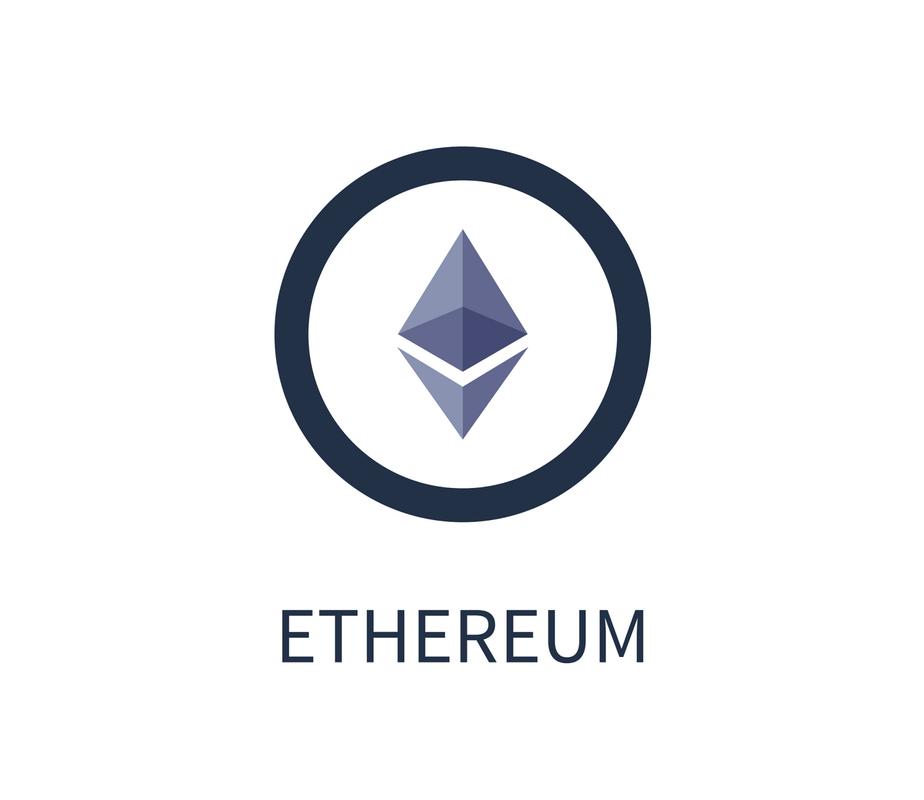Understanding ETH: The Cryptocurrency Behind Ethereum
Ethereum, often abbreviated as ETH, is a cryptocurrency that has gained significant traction in the digital currency market. It’s not just a digital asset; it’s the backbone of the Ethereum ecosystem, facilitating transactions, smart contracts, and decentralized applications (DApps). If you’re curious about ETH and how it works, you’ve come to the right place. Let’s dive into the details.
What is ETH?
ETH is the native cryptocurrency of the Ethereum network. It’s used to pay for transaction fees, execute smart contracts, and reward miners. When you think of ETH, think of it as the fuel that powers the Ethereum platform. It’s essential for the network to function smoothly.

How ETH Works
Ethereum is a decentralized platform that runs smart contracts: applications that run exactly as programmed without any possibility of downtime, fraud, or third-party interference. The blockchain technology behind Ethereum ensures that all transactions are secure and transparent. When you send ETH to someone, it’s recorded on the blockchain, and that record is immutable and transparent to everyone.
ETH’s Unique Features
Here are some of the key features that make ETH stand out:
| Feature | Description |
|---|---|
| Decentralization | Ethereum operates without a central authority, ensuring that no single entity has control over the network. |
| Smart Contracts | ETH enables the creation of smart contracts, which are self-executing contracts with the terms of the agreement directly written into lines of code. |
| Scalability | Ethereum is working on solutions to improve scalability, allowing for more transactions per second. |
| Interoperability | Ethereum aims to be compatible with other blockchains, allowing for cross-chain interactions. |
Where to Trade ETH
Trading ETH is straightforward. You can buy ETH on various platforms, both centralized and decentralized. Here are some popular options:
- Centralized Exchanges: Binance, Coinbase, Kraken
- Decentralized Exchanges (DEXs): Uniswap, SushiSwap, Curve
How to Trade ETH
Trading ETH involves a few simple steps:
- Create an account on a trading platform.
- Verify your identity (for centralized exchanges).
- Deposit funds into your account.
- Place an order to buy or sell ETH.
- Wait for the transaction to complete.
ETH’s Use Cases
ETH has a wide range of applications, including:
- DeFi: Decentralized finance applications that offer services like lending, borrowing, and trading without the need for traditional financial intermediaries.
- NFTs: Non-fungible tokens, which represent unique digital assets like digital art, collectibles, and virtual real estate.
- Supply Chain Management: Using blockchain technology to track and manage the movement of goods and services.
- Identity Verification: Building secure and private digital identities.
ETH’s Market Position
Ethereum has a strong market position, with ETH being the second-largest cryptocurrency by market capitalization. Its robust ecosystem, innovative features, and widespread adoption have contributed to its success.
Conclusion
Ethereum and its native cryptocurrency, ETH, have revolutionized the way we think about digital currencies and decentralized applications. As the blockchain space continues to evolve, ETH is likely to play a crucial role in shaping the future of finance and technology.
